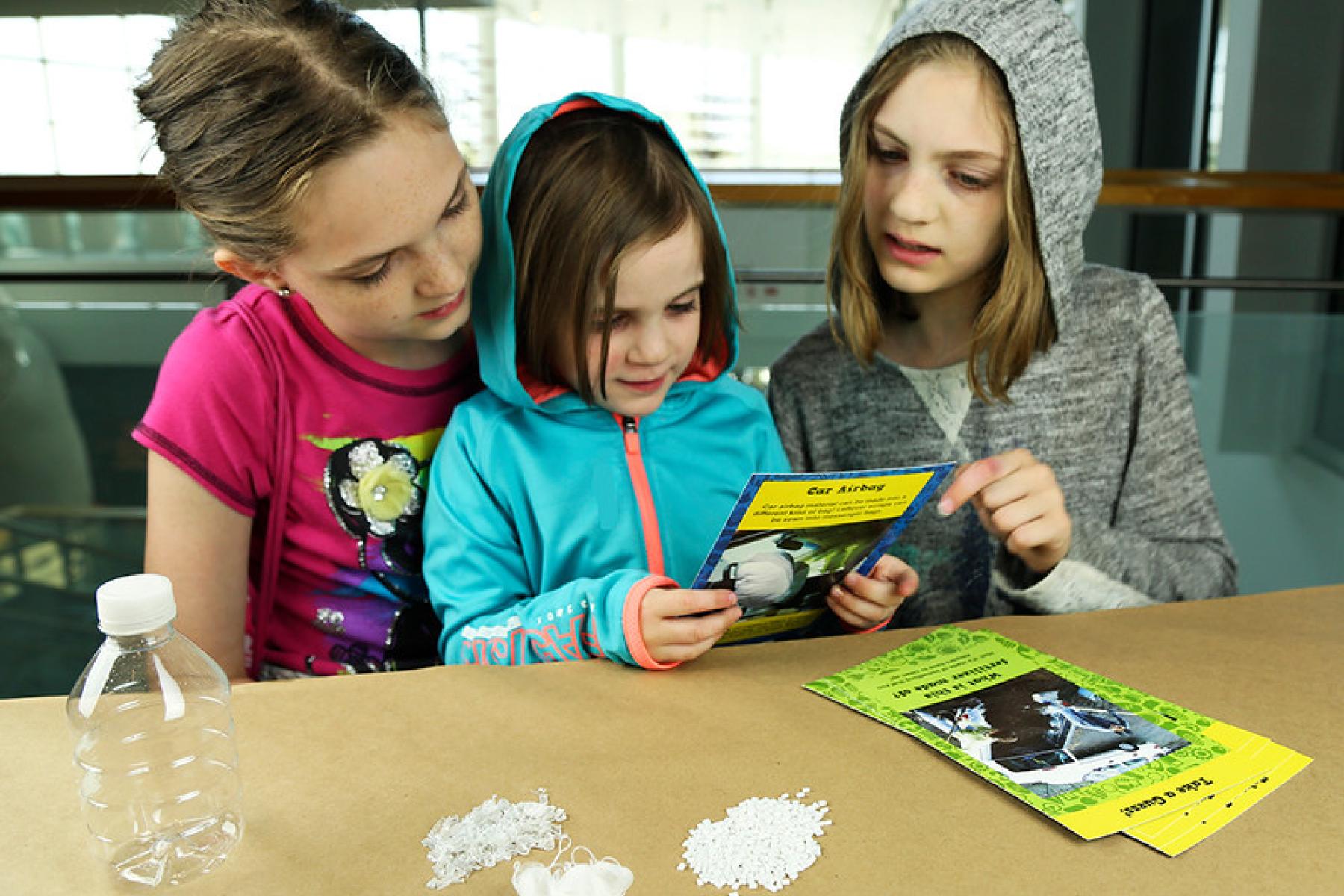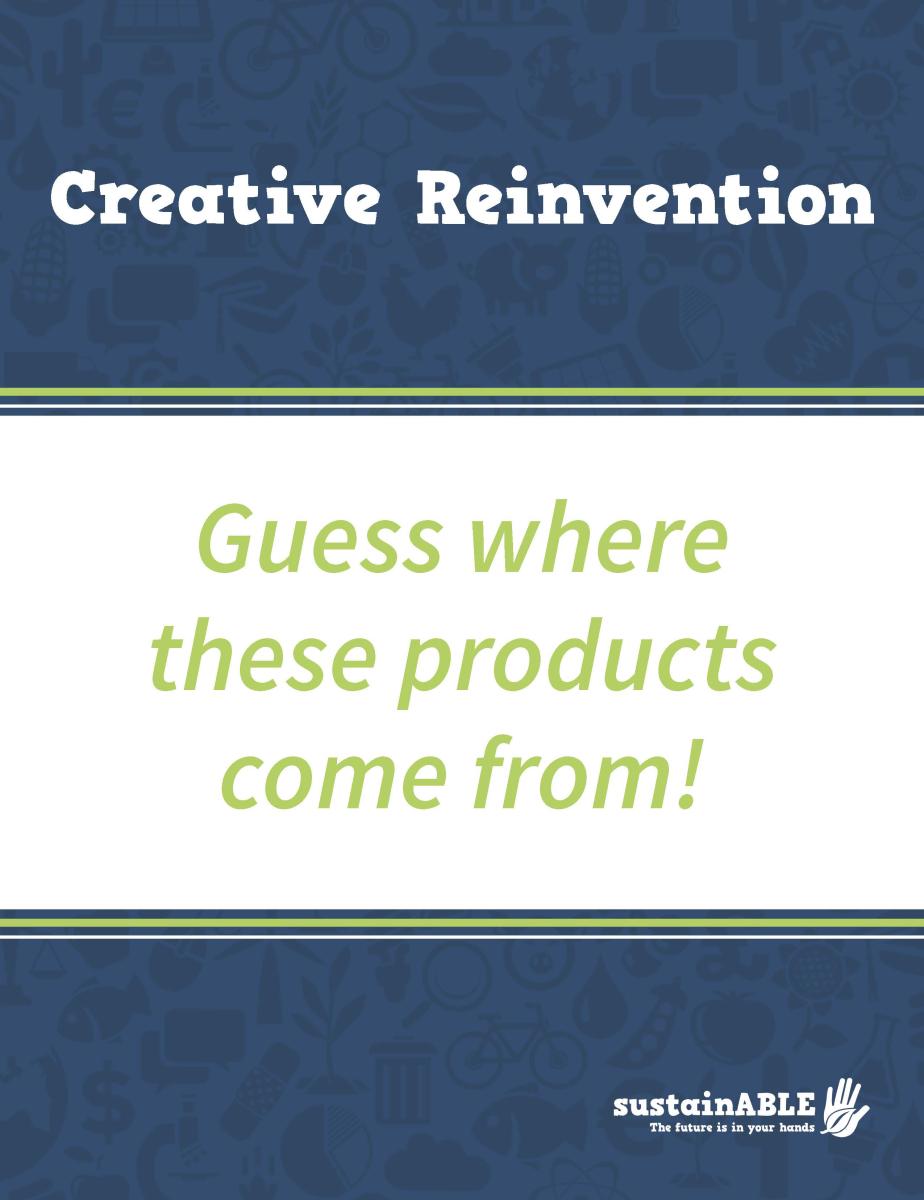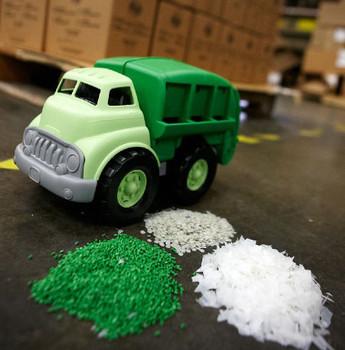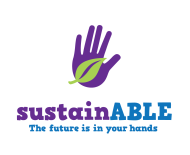DESCRIPTION
The Creative Reinvention sustainability activity shows visitors how common waste materials can be recycled, reused, and reinvented into brand new products—a process called the "*circular economy*." Activity cards ask visitors to guess what recycled materials were used to make various products, and challenge them to think of creative ways to reuse the waste materials in their homes.
DESCRIPTION
The Creative Reinvention sustainability activity shows visitors how common waste materials can be recycled, reused, and reinvented into brand new products—a process called the "*circular economy*." Activity cards ask visitors to guess what recycled materials were used to make various products, and challenge them to think of creative ways to reuse the waste materials in their homes.
TRAINING VIDEOS
OBJECTIVES
LEARNING GOALS
Sustainability solutions address today’s biggest challenges to create the future we want.
We all have a role in creating a more sustainable future.
By thinking creatively, we can reuse materials and save resources.
DOWNLOAD FILES
- Sustainability - Creative Reinvention sign (PDF)
- Sustainability - Creative Reinvention facilitator guide (PDF)
- Sustainability - Creative Reinvention activity guide (PDF)
- Sustainability - Creative Reinvention activity cards (PDF)
- Sustainability - Creative Reinvention circular economy sheet (PDF)
- Sustainability - Creative Reinvention recycled truck sheet (PDF)
- Sustainability - Creative Reinvention take-home activity (PDF)
Credits
Arizona State University
Sustainability in Science Museums is supported by the Walton Sustainability Solutions Initiatives at Arizona State University.
Creative Commons Attribution Non-Commercial Share Alike 3.0 United States (CC BY-NC-SA 3.0 US).
View more details

NISE Network products are developed through an iterative collaborative process that includes scientific review, peer review, and visitor evaluation in accordance with an inclusive audiences approach. Products are designed to be easily edited and adapted for different audiences under a Creative Commons Attribution Non-Commercial Share Alike license. To learn more, visit our Development Process page.




